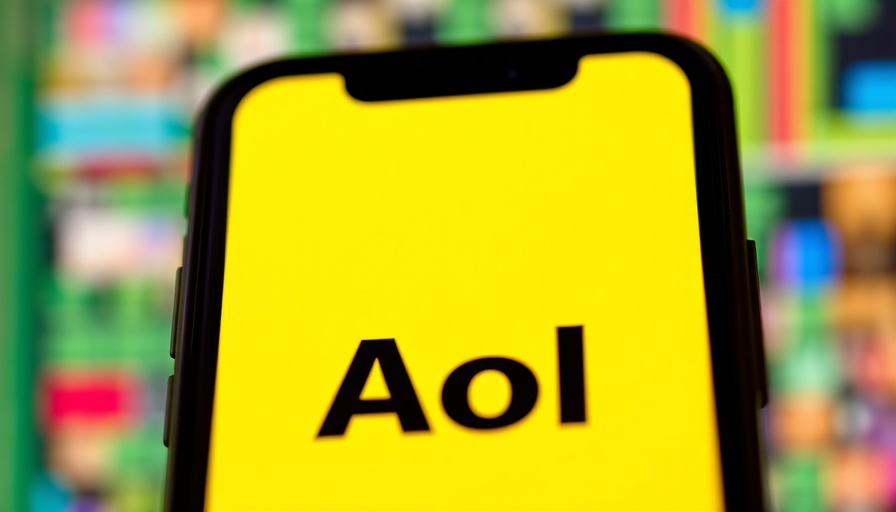
AOL's Dial-Up Legacy: A Trip Down Memory Lane
For many, the long, crackling sounds of a modem connecting symbolize the dawn of the internet age. AOL, which stood for America Online, became synonymous with online communication and entertainment in the 1990s. As dial-up technology flourished, millions of households were introduced to email, chat rooms, and the first glimmers of what the world wide web could offer. However, in a bold move emblematic of the rapidly evolving digital landscape, AOL announced that as of September 30, 2025, it will officially discontinue its dial-up internet service after a staggering thirty-plus years.
The Rise and Fall of Dial-Up
Dial-up internet, once the primary gateway to the online world, relied on telephone lines to transmit data. Although connections were infamously slow—often reaching speeds of just 56 kbps—this service formed the foundation for essential online activities. Pioneers like AOL, along with competitors such as CompuServe and Prodigy, laid the groundwork for the internet experience we know today. After a trend of gradual replacement with faster broadband and cable options in the early 2000s, the writings were on the wall for dial-up's demise.
What Comes Next: Embracing Modern Connectivity
As AOL pulls the plug on dial-up, many residents, especially those still holding onto this vintage technology, may find themselves pondering their options. Luckily, stepping into today’s internet landscape can be seamless. Several alternatives provide better performance and the connectivity needed for everything from remote work to streaming services. The key is to choose a plan tailored to your home’s device usage and internet needs.
Tips for A Speedier Connection
Even if you’ve been relying on AOL’s classic service, transitioning to a modern plan doesn’t have to be daunting. Here are some actionable insights for improving your internet connection:
- Plan Selection: Choose a plan that reflects the number of devices in your home. A higher speed might be worth considering if you have multiple users.
- Placement Matters: Keep your router in a central, unobstructed location to maximize your Wi-Fi coverage.
- Regular Updates: Ensure that your equipment and software are updated; this can significantly enhance performance.
- Optimize Usage: Limit high-bandwidth activities, such as streaming on multiple devices, during peak times.
- Direct Connect: For the most stable connection, consider using an Ethernet cable to connect your devices directly to the router.
A Shift in Consumer Behavior: The Need for Speed
This transition extends beyond just AOL; it marks a shift in consumer expectations. People are increasingly seeking faster, more reliable options to meet their digital needs. A report from the Federal Communications Commission (FCC) suggests that the demand for internet speed has grown exponentially as more households embrace smart devices for home automation, telehealth, and remote work. It’s essential for consumers to evaluate their current providers and consider making upgrades that match their evolving online lifestyles.
How Sitcoms and Nostalgia Shape Our Tech Choices
Interestingly, there’s a cultural aspect to this technological transition. For those who grew up in the '90s, AOL represents not just a service, but also a significant period in pop culture. Iconic sitcoms featured characters navigating relationships and life entirely through AOL, embedding the brand into the national consciousness. Understanding this nostalgia can help inform marketing strategies aimed at getting veteran users to shift to faster services today.
Conclusion: Moving Forward in the Digital Age
As we bid farewell to dial-up service, we also embrace a future rich with possibilities. While some may feel apprehensive about leaving the familiar behind, now is the perfect time to explore the digital realm's offerings. Homeowners and potential homeowners alike in California can greatly benefit from faster internet, ensuring they have access to efficient online tools for work, information, and entertainment. Don’t hesitate to reach out to your current or prospective internet provider for assistance in making the switch. The future of connectivity awaits!
 Add Row
Add Row  Add
Add 




Write A Comment